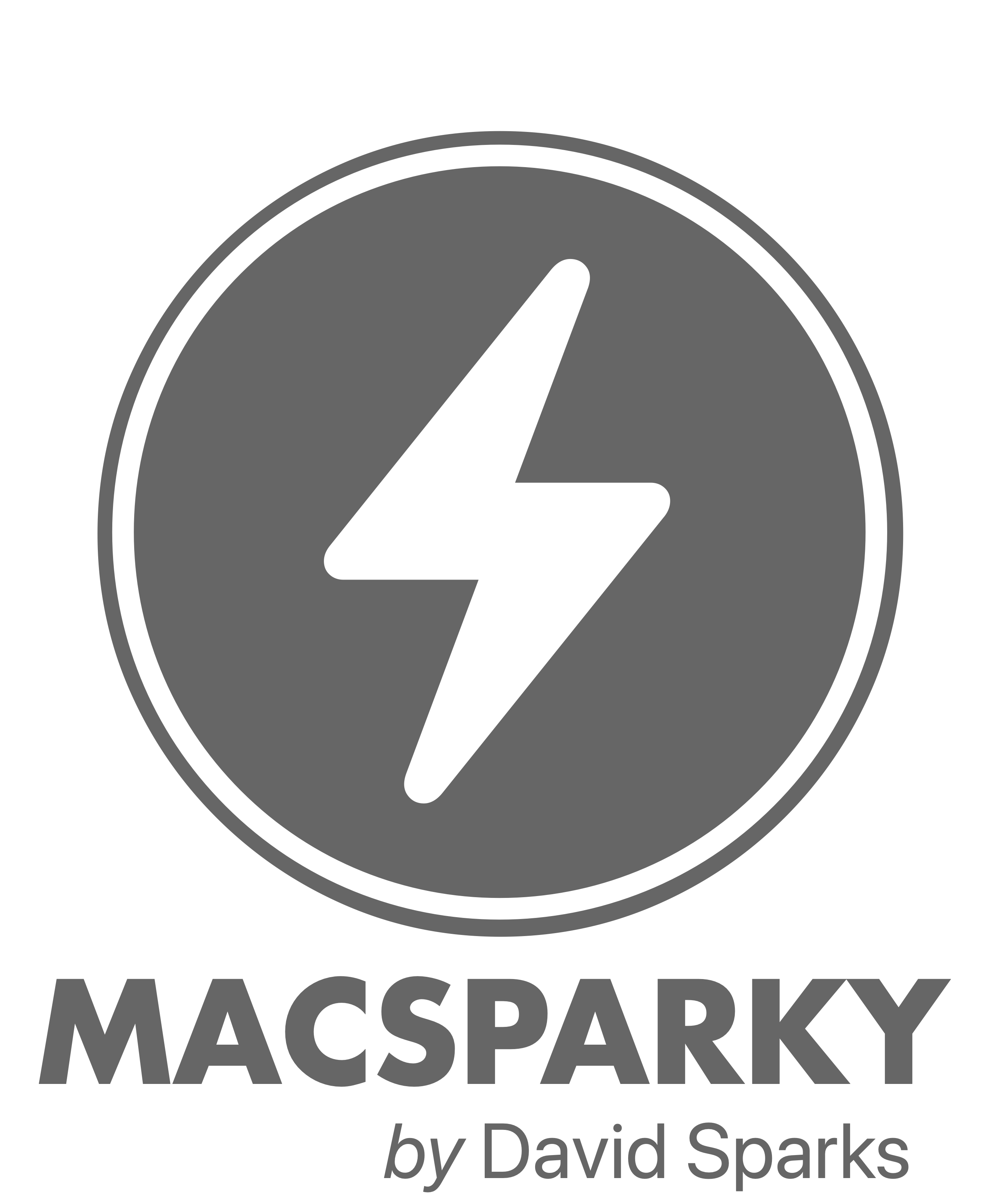Because I cover Artificial Intelligence so much in the MacSparky Labs, I currently have paid accounts for all three of the big services: Google’s Gemini, OpenAI’s ChatGPT, and Anthropic’s Claude. Of the three, I’ve always had a soft spot for Claude. I like the way it thinks; its tone, reasoning, and writing style just seem to resonate with me.
That said, for a long time, Claude had a pretty significant Achilles heel: no web access. You’d ask it something timely or specific, and it would give you a polite shrug.
That changed last week when Anthropic added web search to Claude as a beta feature. I’ve had it turned on since the announcement using Claude 3.7 Sonnet, and it’s made a significant difference.
Just yesterday, I was researching local contractors to help with some fire-hardening improvements on my home. I asked Claude to assist, and it actually delivered solid, relevant results from the web. This is the kind of query that would have stumped Claude a month ago.
The feature feels early — definitely “beta” — but it’s also entirely usable. It’s fast, the results are helpful, and most importantly, Claude now feels like it’s playing in the same league as its competitors when it comes to real-world usefulness.
One thing to note: web search isn’t turned on by default. You’ll need to dive into Claude’s settings to enable it. But if you’re a Claude user, it’s absolutely worth flipping that switch.

